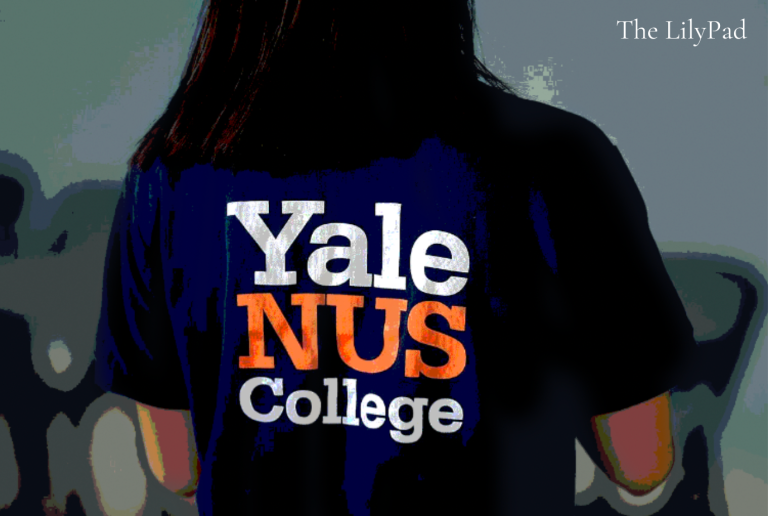In August 2021, the National University of Singapore (NUS) unilaterally decided to merge its Scholars Programme with Yale-NUS to form the “New College,” rescinding the affiliation agreement between Yale University and NUS. Founded in 2011, the partnership pioneered a liberal arts program in Asia, rejecting the traditional approach of placing students in specialized courses of study. The university gathered students from more than 60 countries to promote global-mindedness and created a liberal curriculum to foster critical thinking and meaningful dialogue. Despite embarking on this bold commitment together, NUS and Yale University held different expectations for the project. Moreover, the authoritative local context proved difficult to navigate, and the Yale-NUS’s academic freedom policy did not surpass Singapore’s intricate cultural nuances. Despite opposition and petitions from students and faculty, Yale-NUS will not accept applications for the 2022/2023 Academic Year, rendering the class of 2025 its final cohort of students.
Yale-NUS’s case is perplexing due to its abrupt shift in direction. The one-sided decision granulated two decades’ worth of aspirations, capital, and scholarly work. It’s difficult to tell what will be Yale-NUS’s legacy, but what is clear is the emotional and academic toll it exerted upon the hundreds of faculty and students that saw this institution as their home. The end of this ambitious academy speaks volumes about the future of transnational liberal arts initiatives, underscoring the need for effective communication between parties in joint-venture programs and adaptability in complex locations.
Liberal arts projects in non-US contexts have existed since the 20th century. For example, Bard College Berlin, founded in 1999 as a branch of Bard College in New York State, has operated for two decades. One might argue that Bard College Berlin fronted different advantages; it had only one parent institution, free from collaboration struggles. In addition, a liberal arts program is much more likely to blend in a city like Berlin, an open-minded metropolis with unquestionable Western influence. Still, other liberal arts projects have prevailed despite facing limitations similar to those of Yale-NUS, like Sorbonne Abu Dhabi. The 2006 joint venture between Sorbonne University, Université Paris Cité and the Government of Abu Dhabi has more than a decade of existence despite handling multiple affiliations and operating in an authoritative context. These two and countless other examples indicate transnational liberal arts programs are feasible, but what catalyzed such an unfortunate end for the Singaporean joint venture, and what can others learn from it?
While the exact reasons for the Yale-NUS’s closure remain unknown, there are some important lessons to be drawn. Undoubtedly, cultural contexts and communication between partners matter, as both parties in the cooperation could not reach a consensus on numerous topics like the cost of tuition and curriculum-building. It’s important to note that the National University of Singapore is a public university aiming to provide education to all Singaporeans regardless of socioeconomic access while Yale University is one of the most expensive institutions in the United States. This stark contrast in financial incentives prompted a problematic question for both parties: who was supposed to have access to this prestigious program? While a low admission rate signaled prestige and exclusivity, NUS embarked on a journey hoping to be a beacon of educational innovation for all Singaporean citizens. The cost of tuition at Yale-NUS more than doubled that of NUS, rendering it an “elitist” institution to many locals and fostering bitterness between sibling institutions. Nonetheless, many argued that Yale-NUS offered generous financial aid. But the average class size was approximately 250 students, meaning its purpose was not to cater to a large section of the Singaporean population. In a speech addressing the closure, Minister of Education Chan Chun Sing claimed that merging Yale-NUS with the New College could allow many more to experience a liberal arts education. Both parties viewed accessibility to their institution differently, which led to different expectations that may have severed their bond.
Another critical issue is Singapore’s authoritative political and educational culture, resulting in unavoidable clashes with Yale University. Singapore’s educational system revolves around building a skilled workforce to bolster its economic growth. Indeed, the Minister of Education in 2017, Ng Chee Meng, stated that Singaporean youth must concentrate on “deep skills and expertise to harness technology” to bolster the country’s economy. Traditionally, Singapore has not prioritized critical thinking and creative endeavors, core elements of a liberal arts education. Not to mention the government exerts significant control over educational content to avoid divergent perspectives. The Singaporean government strives to promote national identity and social cohesion. A liberal curriculum inherently encourages diverse perspectives and critical questioning, which would result in social disunity and political skepticism. Accordingly, building a liberal arts curriculum with such conditions was challenging, and both parties could not reach a consensus on educational priorities.
Despite several thriving international liberal arts programs, Yale-NUS’s closure reveals weaknesses that are difficult to unwind. In particular, reaching a consensus on the institution’s purpose and curriculum was difficult, given the undeniable cultural discrepancies between Singapore and Yale’s New Haven, Connecticut. The closure symbolizes a failed business venture and the Achilles heel of transnational projects that require the endorsement of a local authoritative superior. Without effective communication, curriculum adaptability and support from the country hosting the institution, the whole endeavor remained one speech away from crumbling down.

